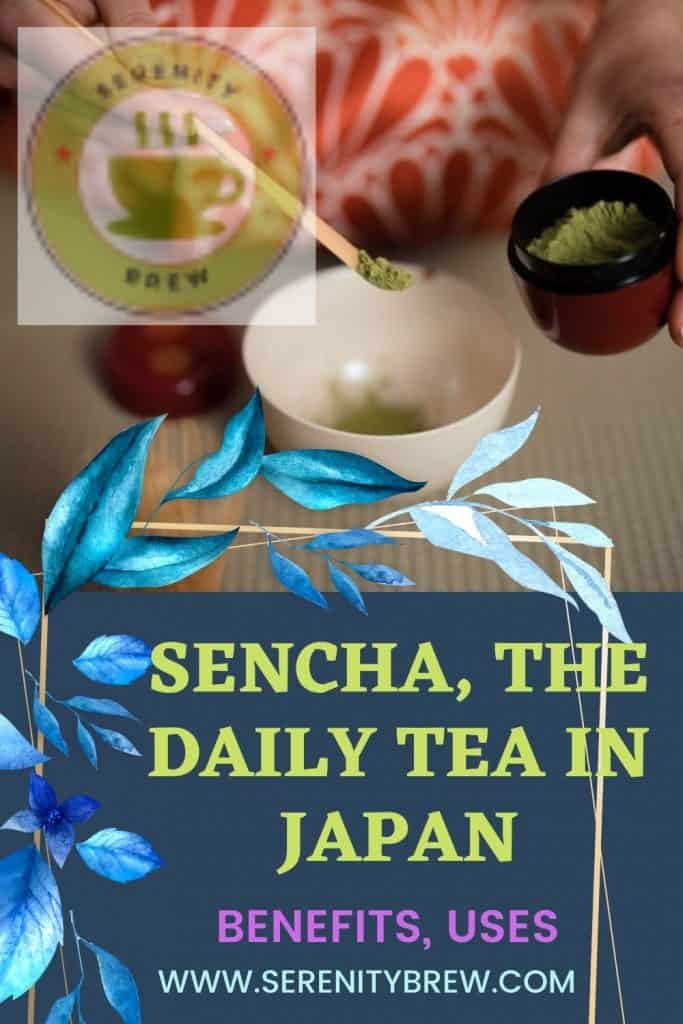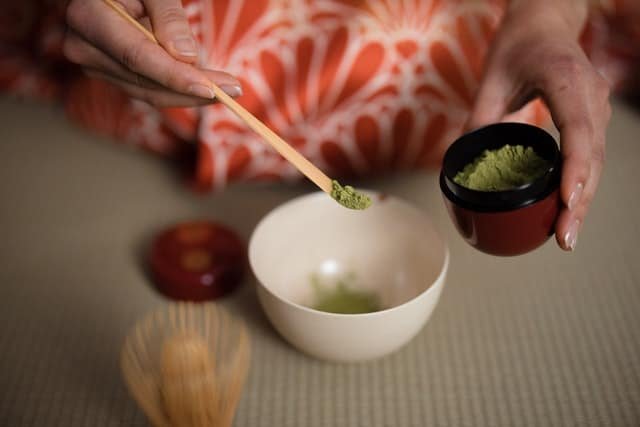
Green tea is ubiquitous in Japan. They drink it alone or to accompany their meals, it is served in humble and luxurious restaurants, they drink it cold in summer and hot in winter, even the vending machines are full of green tea soft drinks and Starbucks makes extravagant combinations with tea as the main ingredient. ..
Among all the Japanese green tea, sencha is the green tea of every day, the choice of millions of Japanese to be able to drink good quality green tea at a good price every day, satisfy their palate and benefit from its properties.
80% of the tea produced in Japan is used to make sencha. In many Western countries, matcha has won the battle of popularity but in its country of origin, sencha is the most widely consumed tea.
Now, what does sencha taste like? Is it the same as other green teas? Although it shares some characteristics with the famous Chinese green teas, it also differs from them in its preparation.
The making of sencha
More than three-quarters of Japan’s tea-producing territories make sencha, mainly the Shizuoka and Kyushu regions. There, the Camellia sinensis plants whose leaves will be used to make sencha grow in fields exposed to full sun, unlike those that will be used for other famous varieties of tea such as matcha or gyokuro, whose fields will be located in partial shade.
The extensive sun exposure generates rapid growth of tea plants, whose leaves are rich in vitamin C and tannins. Precisely, this high concentration of tannins gives sencha that particular flavor that characterizes it.
Usually in early May, the tea leaves are ready to be picked. The first harvest collects young leaves that will be used to make the highest quality variety and, of course, the most expensive.
Once harvested, the tea leaves undergo a totally different process than Chinese green teas. In this case, the leaves are steamed for about 20 seconds in the case of young leaves (the time increases according to the hardness of the leaf up to 40 seconds) just after being harvested.
This treatment prevents oxidation from starting and allows sencha to maintain its greenish color and natural fragrance.
After steam cooking, the leaves are rolled up and dried, acquiring the classic format that we all know. This allows the tea to retain its natural flavors and aromas for longer.
The taste of authentic sencha
The nuances that any connoisseur of tea finds in sencha depend on the cultivation area, the harvest season and its subsequent elaboration.
The first leaves harvested have a sweeter flavor and a fresh and intense aroma, as well as a higher content of vitamin C, while the varieties harvested later tend to have a more astringent, more marked and intense taste in the mouth.
In the cup, it is observed from a greenish yellow color to an emerald green, depending on the variety.
How to prepare sencha correctly

Preparing an infusion seems like a child’s thing, but the reality is that if we use too little or too much tea or heat the water too much, we run the risk of making the drink bitter and simply spoiling it.
As we have explained to you, after rolling, the sencha leaves take on the appearance of small needles. When infused, these leaves will begin to open in order to release their typical flavors and aromas.
Amounts around 1 gram of tea per 50ml of water are usually used, although of course, you can adapt it to your liking. Kyusu cups, which are small in size, are traditionally used.
The water heats up to 70°C (quite a low temperature, yes). It is very important that you check the temperature of the water before pouring it over the tea, as excessively hot water could affect the final result.
Let infuse for a minute and remove the tea. Keep in mind that if you overdo the brew time, you may end up with a more bitter tea.
Dare to try sencha, a green tea that will not leave you indifferent. Its refreshing and herbaceous flavor makes it a good tea to accompany meals and cleanse the mouth. In fact, many Japanese drink tea instead of water during their meals.
Try it with vegetables, cheeses, sushi or other recipes with raw fish. You will be amazed at how these dishes bring out their flavor!
